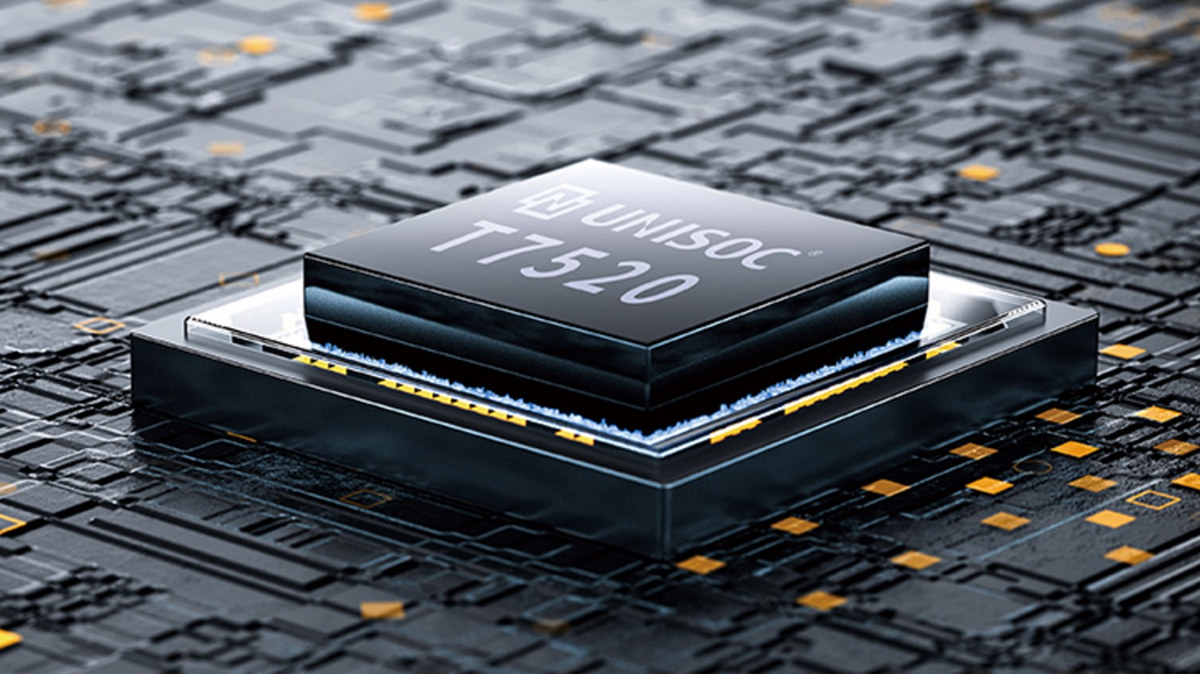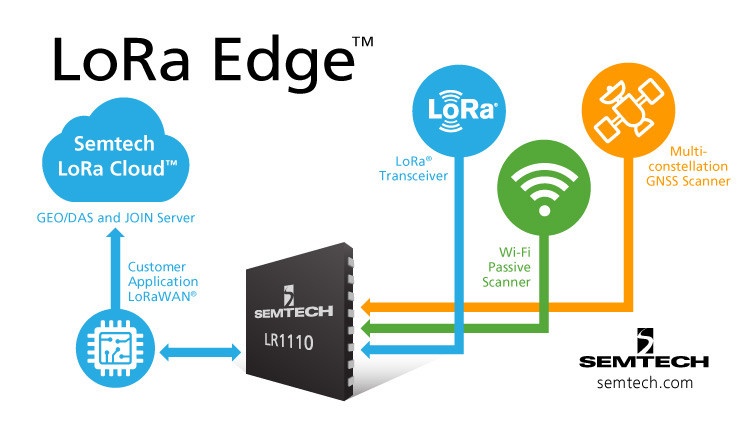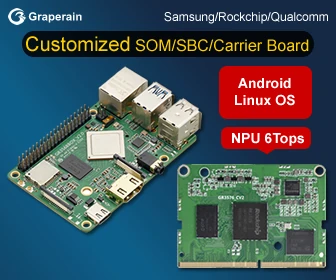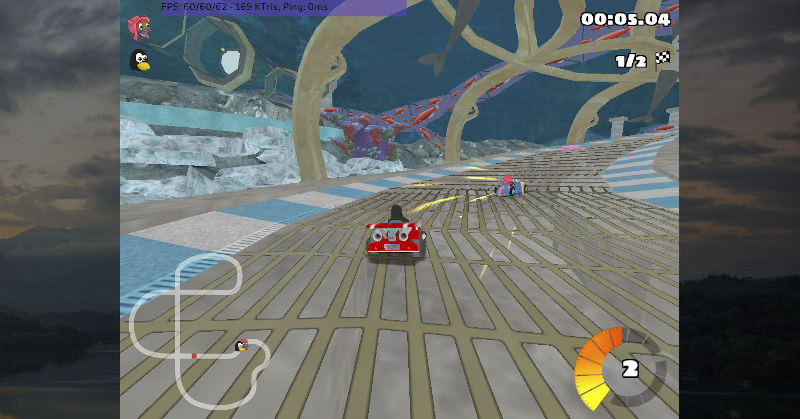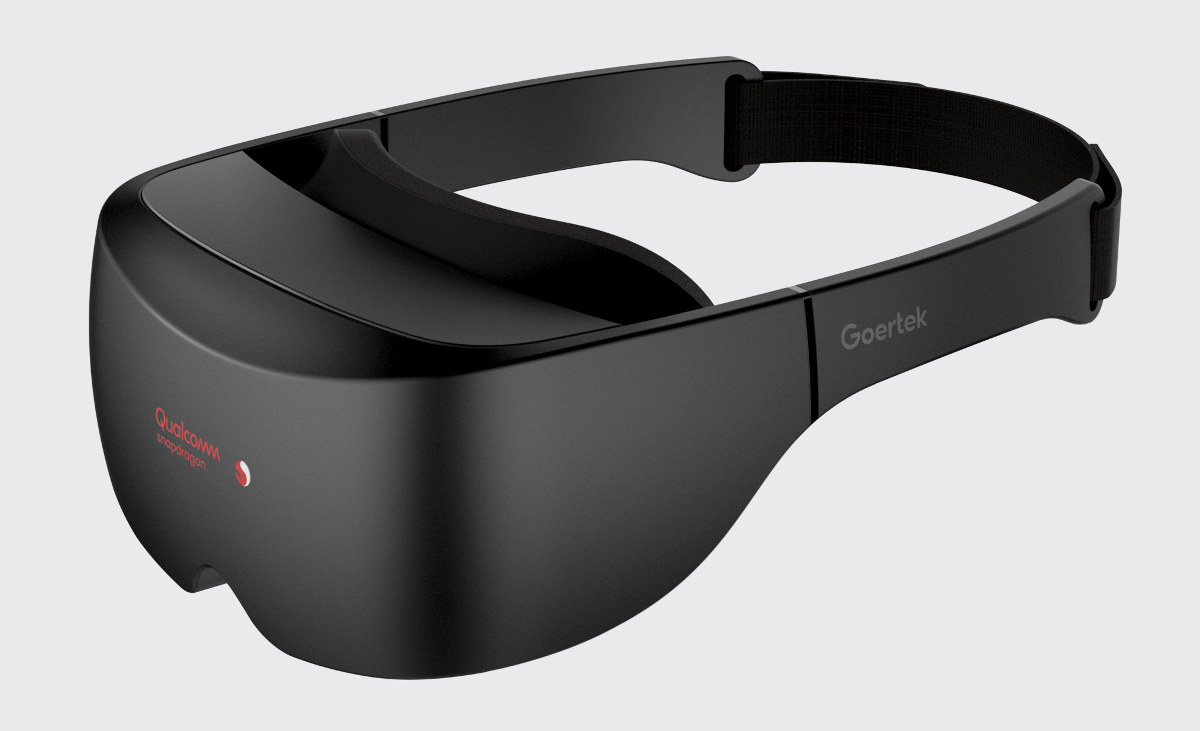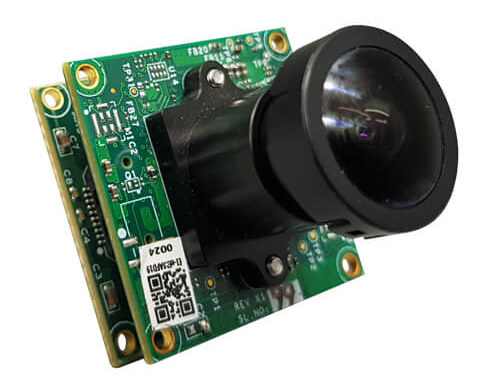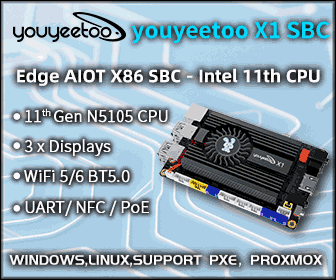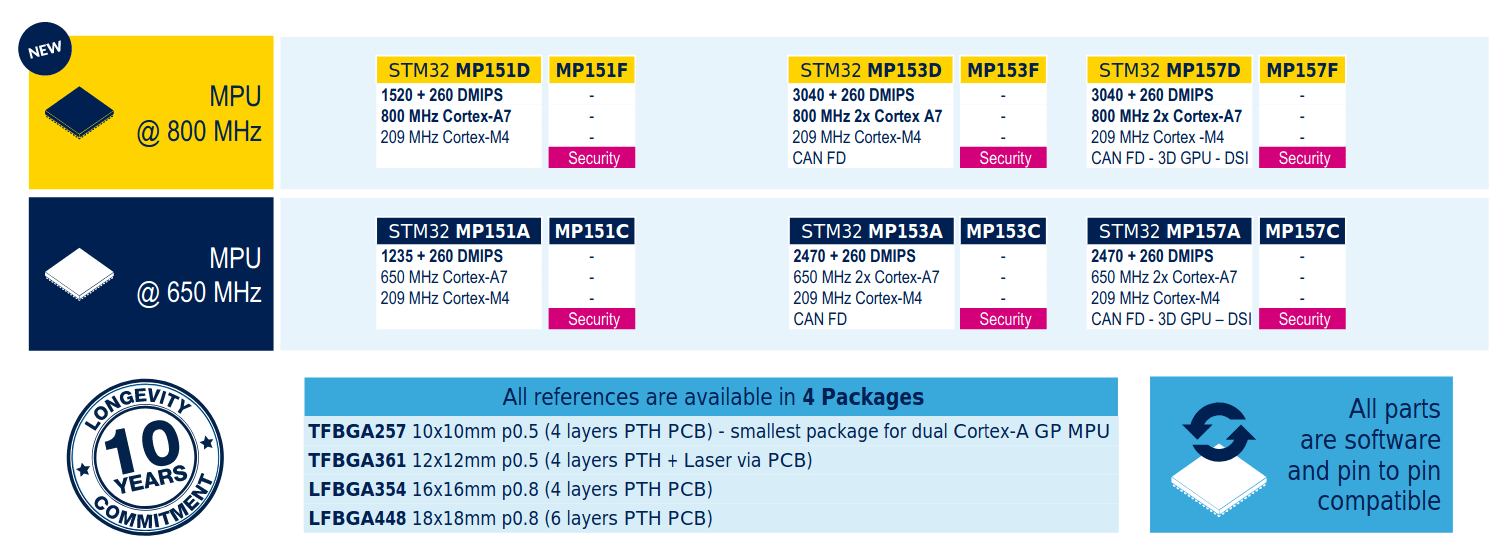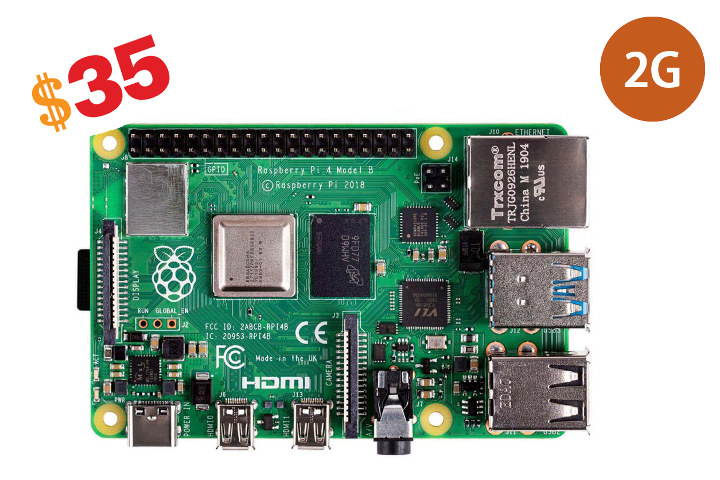UNISOC has launched its second-generation 5G mobile SoC with T7520 processor manufactured with a 6nm EUV process technology and equipped with four Arm Cortex-A76 cores, four Arm Cortex-A55 cores, as well as an Arm Mali-G57 GPU, and the company’s Makalu 5G platform. T7520 processor is said to support “coverage enhancement for any application scenario, by allowing carriers to deploy 5G on their existing 4G spectrums” (aka NSA = Non-stand Alone). and is optimized for use on 500 km/h high-speed railway. Highlights of the processor include: Advanced 6nm EUV process technology with extremely high lithographic resolution and a better balance between cost, performance and power consumption. Compared to the previous 7nm process, the new process has an 18% improvement in density of transistors and reduces power consumption by 8%. Lower power consumption made possible by the improved process mentioned above as well as an improved low-power consumption architecture and AI-based power […]
Semtech LoRa Edge Uses LR1110 Single Chip with LoRa, WiFi, and GNSS
Semtech, a leader in LoRa and RF technology, is continuing its support for the LoRa ecosystem with the launch of a new portfolio of solutions called LoRa Edge to simplify and accelerate IoT applications for the Edge. LoRa Edge is a new highly versatile and low power software-defined LoRa-based platform that will enable a wide portfolio of applications for indoor and outdoor asset management, targeting industrial, building, home, agriculture, transportation, and logistics markets. The LoRa Edge platform is launching with a geolocation solution targeted to IoT applications for asset management. It features an ultra-low power LoRa transceiver, GNSS sniffing capabilities, Wi-Fi scanning technologies all in one single package called Semtech LR1110. “Semtech continually delivers Internet of Things (IoT) solutions that simplify and accelerate the development of LPWAN applications,” said Pedro Pachuca, Director of IoT Wireless in Semtech’s Wireless and Sensing Products Group. “LoRa Edge and LoRa Cloud geolocation services enable customers […]
Panfrost Open-Source Arm Mali GPU Driver Gets Experimental OpenGL ES 3.0 Support
Panfrost is the open-source driver being developed for Arm Midgard and Bitfrost GPUs. The first versions focused on support for OpenGL ES 2.0, but the more recent OpenGL ES 3.0 enables faster and more realistic rendering. The goods news is that Panfrost support for experimental OpenGL ES 3.0 has landed in Mesa according to a recent post on Collabora blog. Specifically, Panfrost now supports instanced rendering, primitive restart, uniform buffer objects, 3D textures, and multiple render targets (on Mali T760 and up) all of which are OpenGL ES 3.0 features. People who are not into graphics development may not know about the purpose of those features, but Alyssa Rosenzweig, a free software graphics hacker leading Panfrost, explains: … instanced rendering and primitive restart allow developers to write faster graphics applications, to render efficiently scenes more complex than possible in ES 2.0. … uniform buffer objects and 3D texture give developers […]
Qualcomm Snapdragon XR2 5G VR Reference Design Comes with Dual 2Kx2K Display, Up to 7 Cameras
Qualcomm Snapdragon XR1 was the first processor from the company dedicated to extended reality (XR) and virtual reality (VR) applications. It found its way in various hardware development kits, a well as Google Glass Enterprise Edition v2. We missed the company’s announcement of the Snapdragon XR2 platform with 5G support last December, but Qualcomm has now just unveiled the Snapdragon XR2 5G Reference Design to help OEMs shorten time to market. Qualcomm Snapdragon XR2 Platform Qualcomm did not provide detailed specifications, but the company claims Snapdragon XR2 delivers 2x the CPU and GPU performance, 4x more video bandwidth, 6x higher resolution and 11x AI improvement compared to Snapdragon 835 Mobile XR Platform. It’s also the first XR/VR platform to support seven concurrent cameras, optional 5G connectivity, and enables “true” MR (Mixed Reality) thanks to low latency camera pass-through. Some of the highlights of the processor include: Up to 3K by […]
UBPorts Unity8 Convergence Environment Becomes Lomiri
Back in April 2017, Canonical decided to refocus Ubuntu development for the Cloud and IoT, dropping their mobile/desktop convergence efforts. So Unity8 environment was dropped in favor of GNOME desktop environment, which to this date is still used in recent versions of Ubuntu Desktop operating system. As a reminder, Unity8 was both suitable for desktop PCs, as well as smartphones and tablets through Ubuntu Touch. But at the time, it was working fairly well, even found in devices such as BQ Aquaris M10 tablets. Since the code was open source, UBPorts developer community was formed and a few months later they released their first image for supported phones such as OnePlus One, FairPhone 2, or Optimus L90. The community is still active, and until recently kept using Unity8 name, but there were some drawbacks Unity8 will now become Lomiri pronounced “Low-mee-ree”. So why did they change exactly? A few reasons: […]
e-Con Systems Launches MIPI CSI-2 Cameras for Google Coral Dev Board
Google Coral Development Board Camera Series e-Con Systems has announced a camera series that can be used with the Google Coral Development board. There are two models: e-CAM50 CUCRL is a 5.0 MP MIPI CSI-2 camera and e-CAM30 CUCRL is a 3.4 MP MIPI CSI-2 camera. Both Have Features In Common Both support a variety of resolutions and were developed for AI devices. The cameras are color and fixed focus and can be connected directly to the Coral Development Board through P1 and J15 camera connector. Background on Google Coral Development Board The Google Coral Development board was reported on extensively since its release in 2019. Two articles for the Coral Development Board and its most recent addons are the Google Coral Development Board announcement and the Coral Development Board’s latest mPCIe and M.2 cards. Jetson Nano and Rock960 SBC’s Cameras e-Con Systems previously made cameras for other SBC’s including […]
STMicro Updates STM32MP1 Family with 800 MHz Cortex-A7 Processors
Until last year, all STM32 microcontrollers were based on Arm Cortex-M “MCU” cores, but that changed with the introduction of STM32MP1 Cortex-A7 + Cortex-M4 processor a year ago. That meant for the first time, we had an STM32 processor with an MMU capable of running Linux or Android. The company had three product lines: STM32MP157 – Dual Cortex-A7 cores @ 650 MHz, Cortex-M4 core @ 209 MHz, 3D GPU, DSI display interface and CAN FD STM32MP153 – Dual Cortex-A7 cores @ 650 MHz, Cortex-M4 core @ 209 MHz and CAN FD STM32MP151 – Single Cortex-A7 core @ 650 MHz, Cortex-M4 core @ 209 MHz All available in four different packages, and with or without hardware security (parts with A and C suffix) meaning we had a total of 24 parts. STMicro has now announced 24 more parts whose main and only difference compared to the STM32MP1 processors launched last year […]
Price of Raspberry Pi 4B with 2GB RAM Drops to $35 Permanently
Raspberry Pi 1 Model B was introduced to the world almost exactly 8 years ago on February 29, 2012, and to celebrate the Raspberry Pi Foundation decided to permanently lower the price of Raspberry Pi 4B with 2GB RAM to $35. This was made possible due to falling RAM prices. The 1GB RAM version will still be sold for $35 to industrial and commercial customers due to long term support commitments. Sadly, the 4GB RAM version remains at $55, so no discount for this version for now. Due to inflation, Raspberry Pi 4B 2G is even cheaper than the first Raspberry Pi 1 since $35 in 2012 is roughly equivalent to $40 now. But more importantly, 8 years make a huge difference in terms of performance and features. The Raspberry Pi Foundation explains the new board is now 40 times faster, has eight times more memory (the very first batch […]


